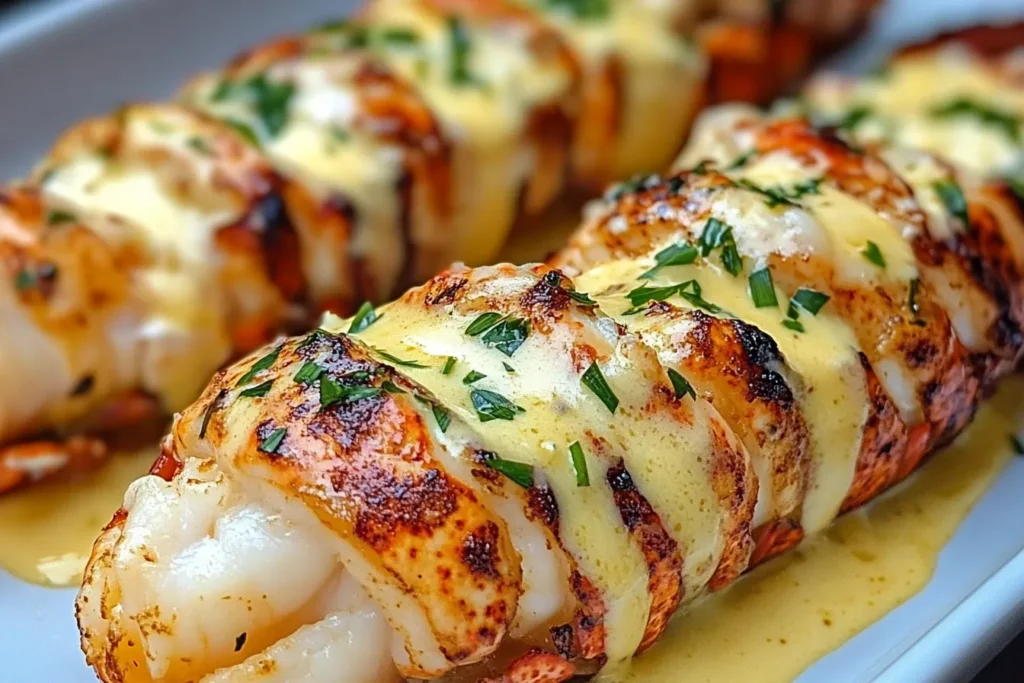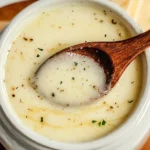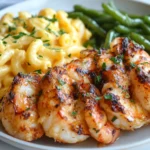Table of Contents
What kind of butter do restaurants use for lobster? This is a question many home cooks ponder while attempting to replicate that exquisite, melt-in-your-mouth experience. The truth is, there’s no single answer. Restaurants employ various butters and techniques to achieve lobster perfection, all while keeping their secrets closely guarded. However, we can uncover the ultimate guide to understanding restaurant lobster butter and learn how to achieve similar results at home.
Decoding Restaurant Lobster Butter: An Overview
The Butter Base
The foundation of any great lobster butter is, of course, butter itself. Restaurants typically opt for unsalted butter. This allows them to control the salt level more precisely. Salted butter can lead to inconsistent results, especially when other salty ingredients are involved. Furthermore, using a high-quality butter, preferably European-style with a higher fat content, makes a noticeable difference (What kind of butter do restaurants use for lobster?).

Clarified Butter: Liquid Gold
Clarified butter, also known as ghee, is frequently used in restaurants for lobster. This is because the milk solids and water have been removed. The result is a pure butterfat with a higher smoke point, which is fantastic for sautéing and dipping. In addition, clarified butter has a richer, more intense buttery flavor that clings beautifully to the lobster meat (What kind of butter do restaurants use for lobster?).
Compound Butters: Flavor Infusion
Compound butters are softened butters mixed with herbs, spices, and other flavorings. They are an incredible way to elevate lobster dishes. Common additions include garlic, herbs (parsley, thyme, tarragon), lemon zest, and chili flakes. The possibilities are truly endless, allowing chefs to create unique and memorable flavor profiles (What kind of butter do restaurants use for lobster?).
7 Secrets to Restaurant-Quality Lobster Butter
1. The Fresh Herb Infusion
Fresh herbs are a game-changer. Dried herbs can be used in a pinch, however, fresh herbs provide a brighter, more vibrant flavor. Parsley, tarragon, chives, and thyme work exceptionally well with lobster. Mince the herbs finely and gently fold them into the softened butter for the best results (What kind of butter do restaurants use for lobster?).
2. Garlic: The Aromatic Enhancer
Garlic is a classic addition to lobster butter. It adds depth and complexity. The key is to use fresh garlic, minced finely or pressed. Sautéing the garlic in a bit of butter before adding it to the larger batch will mellow the flavor and prevent it from being too overpowering. Be careful not to burn it.
3. Lemon Zest: The Zesty Kick
Lemon zest adds a bright, citrusy note that balances the richness of the butter and lobster. Use a microplane to zest the lemon, avoiding the bitter white pith. A little lemon juice can also be added, but be cautious, as too much can make the butter separate (What kind of butter do restaurants use for lobster?).
4. Spice It Up: A Touch of Heat
A pinch of red pepper flakes or a dash of hot sauce can add a subtle kick to your lobster butter. This complements the sweetness of the lobster and adds an extra layer of interest. Start with a small amount and adjust to your preference (What kind of butter do restaurants use for lobster?).
5. Sherry or White Wine: The Flavor Boost
A splash of dry sherry or white wine can enhance the flavor of the butter. Reduce the wine in a small saucepan until it thickens slightly, then whisk it into the softened butter. This adds a nuanced complexity that will impress your guests (What kind of butter do restaurants use for lobster?).
6. Brown Butter: The Nutty Depth
Brown butter, or beurre noisette, imparts a nutty, caramelized flavor to the butter. Cook the butter over medium heat until the milk solids turn brown and the butter emits a nutty aroma. Be careful not to burn it. Strain the butter through a fine-mesh sieve before using it in your lobster dish.

7. Finishing Touches: The Ultimate Refinement
Before serving, consider adding a few finishing touches. A sprinkle of fresh parsley or chives adds visual appeal. A squeeze of lemon juice brightens the flavor. And a pinch of sea salt enhances the overall taste. These small details can elevate your lobster butter to restaurant-quality.
What Kind of Butter Do Restaurants Use for Lobster? Deep Dive
What kind of butter do restaurants use for lobster specifically depends on the establishment’s style and budget. Upscale restaurants often use clarified butter or compound butters made with premium ingredients. More casual restaurants might opt for a simple garlic butter or a flavored butter made with dried herbs (What kind of butter do restaurants use for lobster?).
The Cost Factor
The cost of ingredients plays a significant role in the butter choices. Clarified butter, while offering superior flavor and performance, is more expensive than regular butter. Fresh herbs and premium flavorings also add to the cost. Restaurants must balance quality with profitability (What kind of butter do restaurants use for lobster?).
Consistency is Key
Maintaining consistency is crucial in a restaurant setting. Chefs often rely on standardized recipes and pre-portioned ingredients to ensure that every dish is consistently delicious. This means they may choose butter preparations that are easier to scale and replicate.
Regional Variations
Regional preferences also influence the type of butter used with lobster. In some regions, garlic butter is the norm. While in others, a simple drawn butter with lemon is preferred. Restaurants often cater to the local palate and adjust their recipes accordingly (What kind of butter do restaurants use for lobster?).
Elevating Your Home-Cooked Lobster Butter
Start with Quality Ingredients
The best lobster butter starts with high-quality ingredients. Use unsalted European-style butter, fresh herbs, and flavorful garlic. Avoid using artificial flavorings or low-quality substitutes.
Experiment with Flavors
Don’t be afraid to experiment with different flavor combinations. Try adding roasted red peppers, sun-dried tomatoes, or truffle oil to your butter. The possibilities are truly endless.
Taste and Adjust
Taste your butter frequently as you are preparing it and adjust the seasonings as needed. Add more salt, pepper, lemon juice, or herbs to achieve the perfect flavor balance.
Serve Warm
Serve the lobster butter warm, but not too hot. You want it to melt easily over the lobster meat without burning the diner (What kind of butter do restaurants use for lobster?).
Presentation Matters
Presentation is key to creating a restaurant-quality experience at home. Serve the lobster with a ramekin of warm butter and garnish with fresh herbs. This will elevate the dish and impress your guests (What kind of butter do restaurants use for lobster?).

FAQ
Creamy Garlic Butter Lobster Tails
Creamy garlic butter lobster tails are often achieved by adding a touch of cream or crème fraîche to the garlic butter. This creates a richer, more decadent sauce that clings beautifully to the lobster meat. The cream should be added towards the end of the cooking process to prevent it from curdling.
What sauce goes best with lobster?
While butter sauces are incredibly popular, other sauces that pair well with lobster include a classic béarnaise sauce, a light and tangy vinaigrette, or a spicy Romesco sauce. These options offer different flavor profiles that can complement the sweetness of the lobster.
What to serve with garlic lobster tails?
Garlic lobster tails pair well with a variety of side dishes. Classic choices include roasted asparagus, steamed green beans, creamy mashed potatoes, or a simple side salad. These sides provide a balanced meal that highlights the lobster without overpowering it.
What is the most flavorful way to cook lobster tails?
Grilling or broiling lobster tails are two of the most flavorful methods. These high-heat cooking techniques create a slightly charred exterior while keeping the inside tender and juicy. Basting the lobster with butter while cooking enhances the flavor even further.





